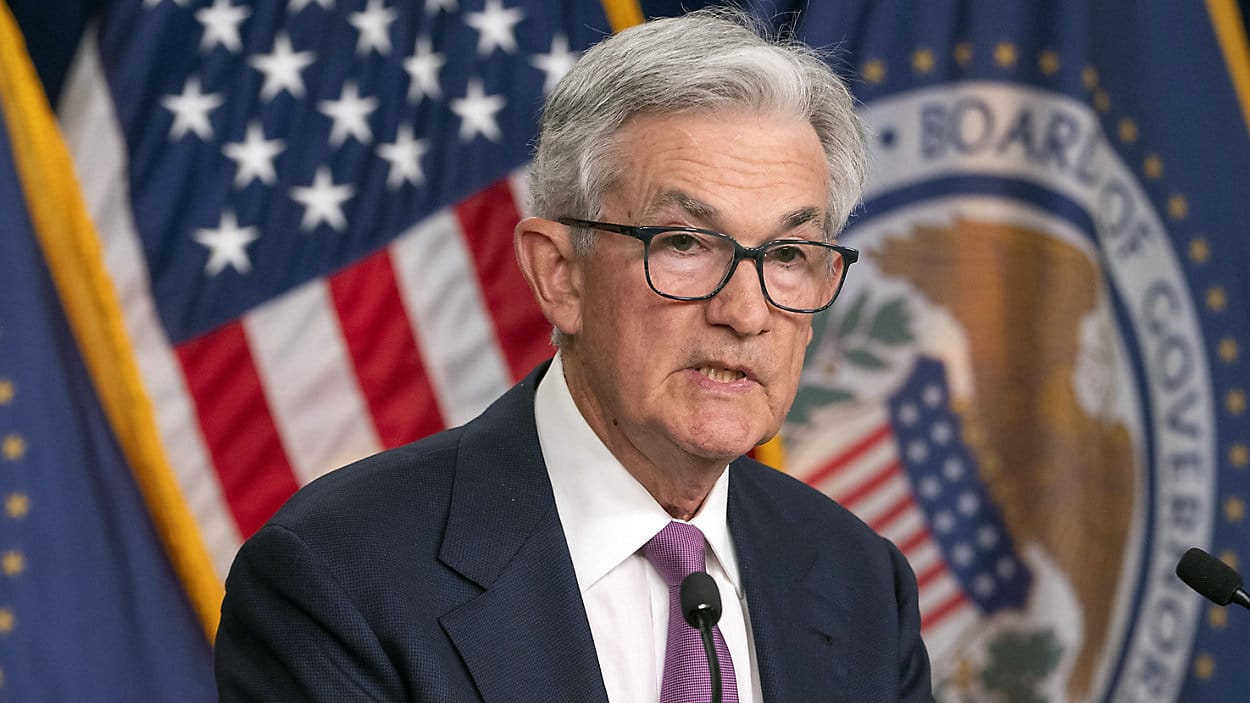As we advance through 2024, investors and market analysts are closely monitoring the Federal Reserve's moves, particularly regarding interest rate cuts, which now seem more uncertain than ever. The latest consensus from CME Group suggests the first rate cut might not occur until the Fed's September meeting, a significant pushback from earlier expectations.
Persisting Inflation Challenges
Recent data has not been kind to those hoping for easing inflation. March's Consumer Price Index (CPI) reported a 3.5% year-over-year increase, higher than anticipated, complicating the Fed's decision-making process. This rise in prices has led investors to adjust their expectations not just around the timing and number of rate cuts but also whether these cuts will occur at all this year.
The July Deadline and Political Overtones
Adding to the intricate dynamics of monetary policy adjustments are the political implications intertwined with the Fed's decisions. 2024 is not just another year; it's an election year in the U.S., which historically adds layers of complexity to such economic decisions. Historically, the Fed has acted in election years, but the political landscape has shifted, and the current environment is more charged than in previous decades.
The "July deadline" theory posits that the Fed may see mid-year as a natural point to make a decision on rate cuts before the political campaigning hits its peak. This timeline is influenced partly by the data — notably, the second half of last year saw some of the lowest CPI readings, which could make year-over-year comparisons this year look less favorable as we move past July.
Potential Scenarios and Fed's Strategic Positioning
Analysts from Bank of America have adjusted their forecasts, now envisioning a possible rate cut in December. However, they also speculate that the market might be underestimating the Fed's willingness to initiate cuts sooner, potentially as early as June, to ease policy restrictions slightly.
The Fed, under Jerome Powell's chairmanship, is navigating these turbulent waters with a cautious approach. Powell, appointed by Trump but now seen unfavorably by him, is also under pressure from Democrats growing impatient with the current economic policies. Despite these challenges, the Fed aims to maintain its non-partisan stance, ensuring that its decisions are perceived as independent of the political fray.
As the Fed approaches its unofficial "July deadline," its actions will be closely watched by markets and political analysts alike. The intersection of economic data, political pressures, and public expectations makes the next few months critical for understanding the direction of U.S. monetary policy. Whether the Fed will adjust rates downwards remains to be seen, but one thing is clear: the decision will be a calculated response to a complex array of economic and political factors.


